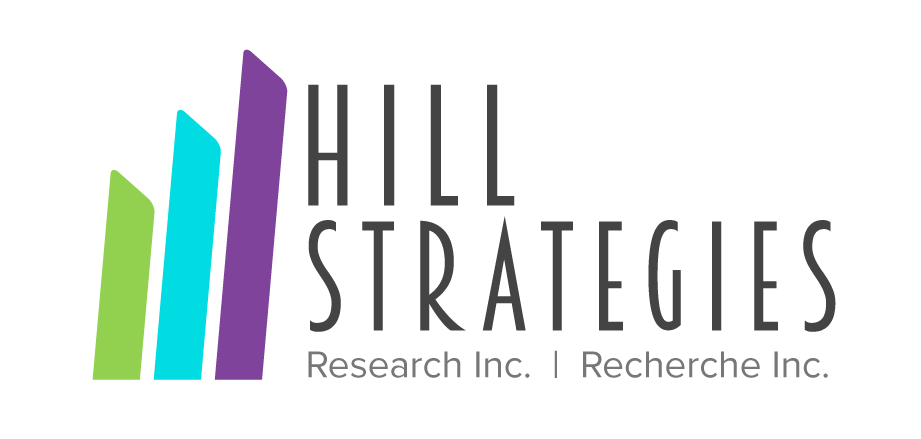Arts in Health: A Review of the Medical Literature
Issue
Arts and HealthArticle Link
http://www.artscouncil.org.uk/publication_archive/arts-in-health-a-review-of-the-medical-literature/This British report provides a summary of 385 references from the medical literature regarding the effects of the arts and humanities in:
- achieving clinical outcomes for the benefit of patients;
- raising staff morale and job satisfaction;
- widening the skills of nurses and doctors;
- providing better quality of healthcare;
- enhancing the quality of life of mental health users; and
- helping mental health providers manage the service.
Regarding clinical outcomes, the report cites studies of the use of visual arts and music in cancer care, cardiovascular care, neonatal intensive care, medical screenings and diagnoses, pain management, and surgery.
Regarding staff outcomes, the report notes that the arts can be used in “nursing and medical training to improve communication, empathy and understanding of patients’ needs”, in creating a non-aggressive healthcare environment, and in the overall design of healthcare services. One gap in the literature concerns the possible effects of the use of the arts in the recruitment and retention of healthcare staff.
Regarding practitioner education and training, the report cites studies of the use of visual arts, music and the humanities in:
- enhancing surgeons’ mental task performance;
- creating less stressful operating environments;
- developing the observational, drawing and three-dimensional perception skills of medical practitioners;
- increasing nurses’ awareness of how to deal with illness and bereavement; and
- helping ensure thoughtful and humane responses by health practitioners to the medical, ethical and social needs of patients.
Regarding mental healthcare, the report indicates that the arts help “to improve the communication skills of mental health users”, provide patients with new ways of expressing themselves, stimulate patients’ creativity and enhance their self-esteem. Different artforms (literature, theatre, music and dancing) have been shown to have different effects.
The report also contains information about additional resources and databases.




